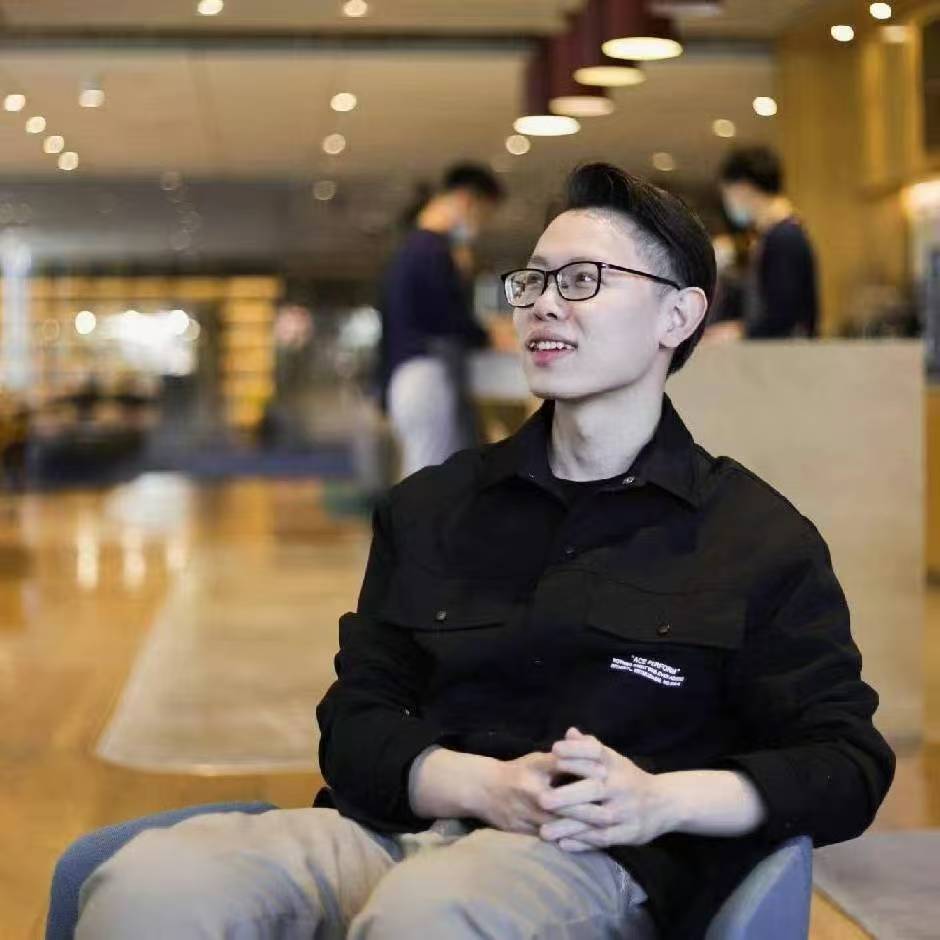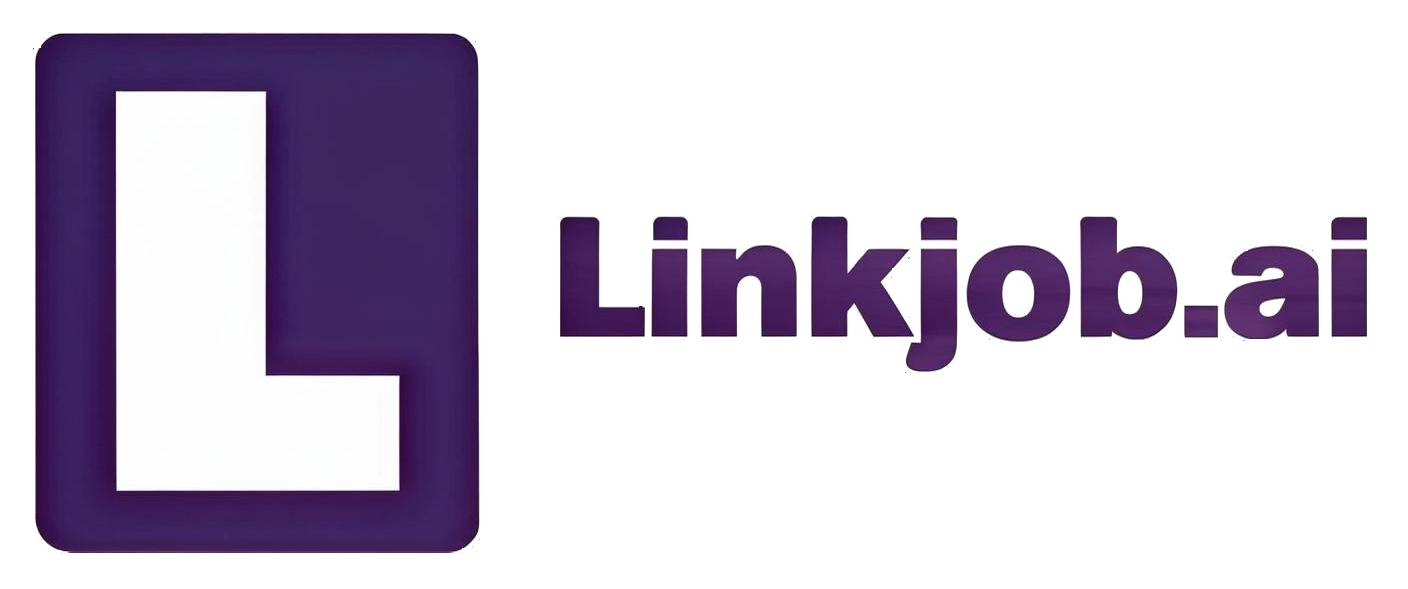How I Navigated the Visa CodeSignal Assessment and What I Learned

I still remember the nerves I felt before my Visa CodeSignal assessment. As someone aiming for Visa software engineer and SDE roles, I knew the online coding assessment could make or break my job search. The process felt intense.Many engineers feel the same pressure when trying to land a Visa interview. Coding challenges like these test not only your skills but also your mindset.
First problem: There's a time machine, one minute forward per year, two minutes backward per year, childhood unchanged, ask how many minutes in total are needed.Second problem: Arrange a group of numbers in an array, the first in the first list, the second in the second, the rest need to be allocated according to some conditions, finally output the array of the first list followed by the second list.Third problem: Queue in chronological order, there's an array storing the times to arrive at the bar door, but checking ID takes 5 minutes, if the queue exceeds 10 people then the ones behind won't continue queuing, find the time the last person enters.Fourth problem: Check how many pairs of numbers in an array need only one swap or no swap to become the same numbers.
I am really grateful for the tool Linkjob.ai, and that's also why I'm sharing my entire interview experience here. Having an invisible AI assistant during the interview is indeed very convenient.
Key Takeaways
Understand the Visa CodeSignal assessment format: 4 coding questions in 70 minutes, with the freedom to choose question order and programming language.
Practice a variety of coding problems, including arrays, strings, trees, and SQL, under timed conditions to build confidence and speed.
Manage your time wisely by starting with easier questions and leaving time to review your answers before submitting.
Stay calm during the test; If you encounter a problem, just use AI's help—there's nothing to be embarrassed about.
Prepare for both technical and behavioral interviews by practicing problem-solving and explaining your thought process clearly.
Visa CodeSignal Assessment Overview
Assessment Format
When I first started preparing for the Visa CodeSignal assessment, I wanted to know exactly what I was up against. Once I understood the structure, I felt more confident. Here’s what I learned about the format:
The Visa CodeSignal assessment uses the General Coding Assessment (GCA) format.
There are 4 coding questions in total.
You get 70 minutes to complete the assessment.
All questions are available from the start, so you can solve them in any order.
You can pick your preferred programming language at the beginning and even switch during the test.
The assessment focuses on your problem-solving and implementation skills.
I found it helpful to plan my time before starting. I decided to spend about 15-20 minutes on each question, leaving a few minutes at the end to review my answers. This approach helped me stay calm and focused during the process.
Tip: Don’t panic if you get stuck on a hard question. Move on and come back later if you have time. Sometimes, solving an easier problem first boosts your confidence.
Question Types
The Visa CodeSignal assessment covers a wide range of topics. I noticed that the questions test both your coding skills and your ability to think through real-world problems. Here are some common types of questions I encountered and heard about from other candidates:
Grouping timestamps into weekly buckets using date math.
Writing SQL self-joins to count second-degree connections.
Parsing sentences to create word frequency dictionaries.
Generating histograms from lists of integers.
Calculating users with identical login counts using SQL.
Writing SQL queries to find users with consistent daily messaging.
Checking if a string contains all unique characters.
Finding the second largest value in a binary search tree.
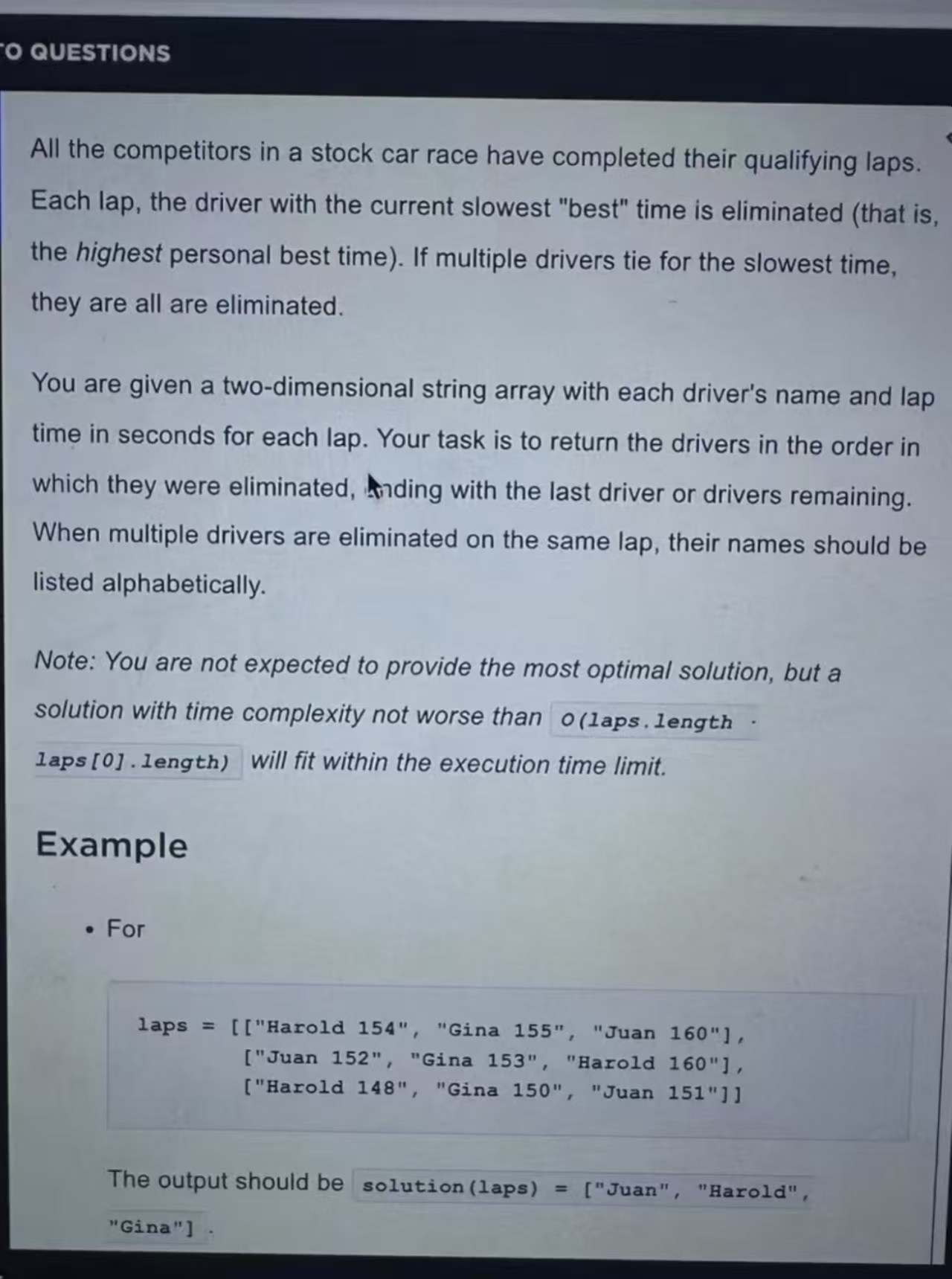
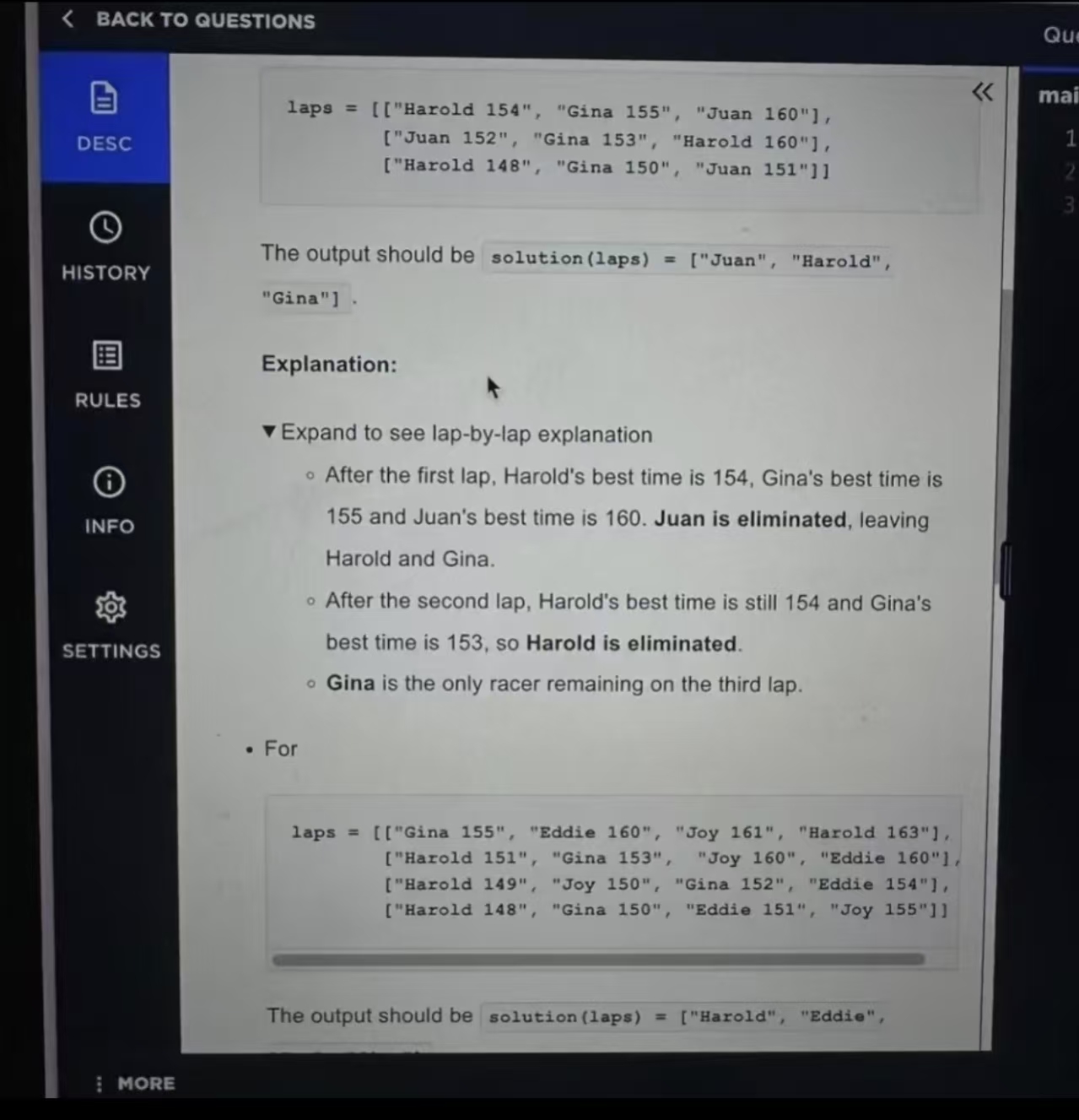
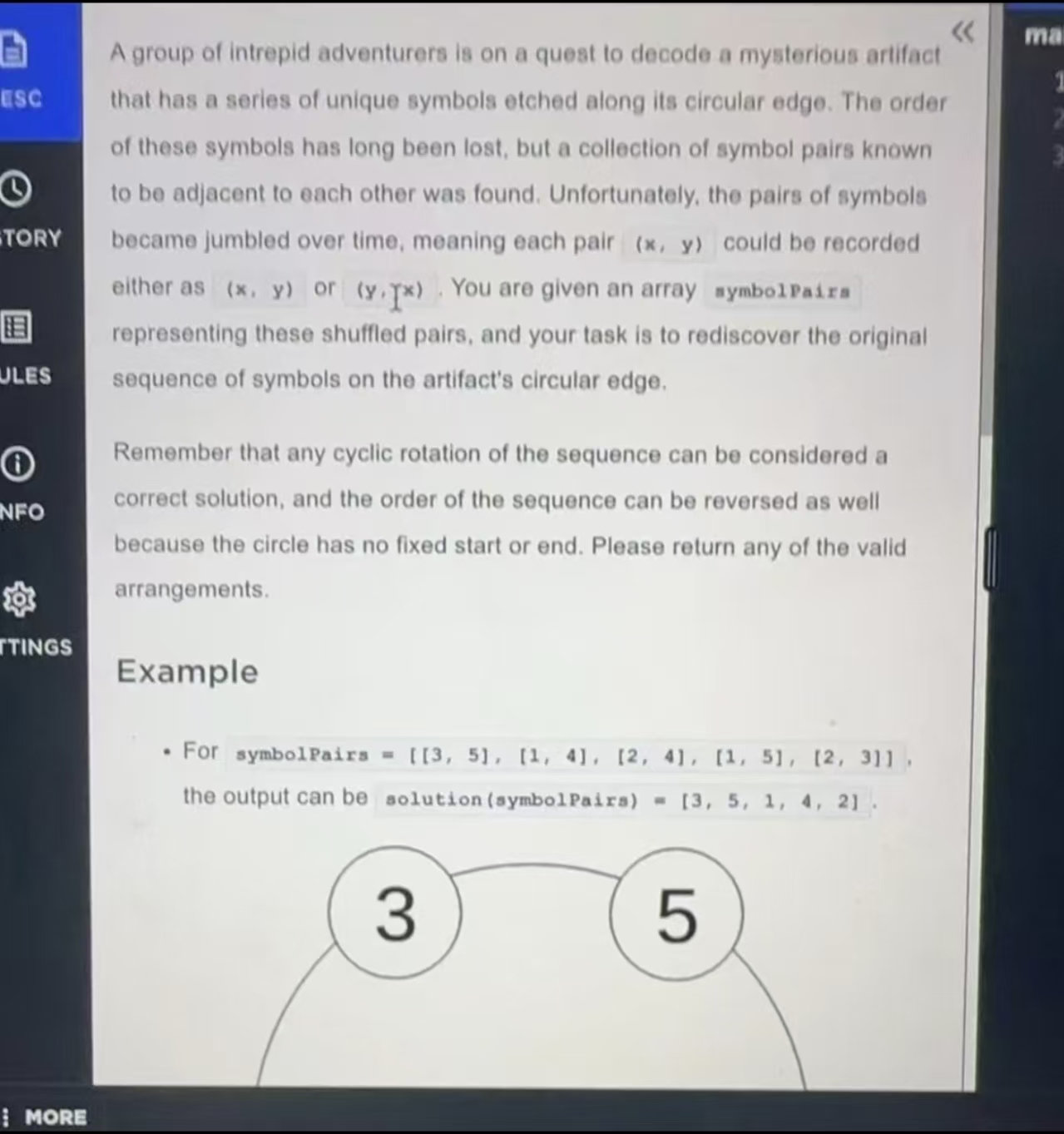
Most questions focus on arrays, strings, 2D matrices, and classic data structures and algorithms. I also saw SQL and data manipulation problems, which surprised me at first. Practicing these types of coding questions helped me feel ready for anything the assessment could throw at me.
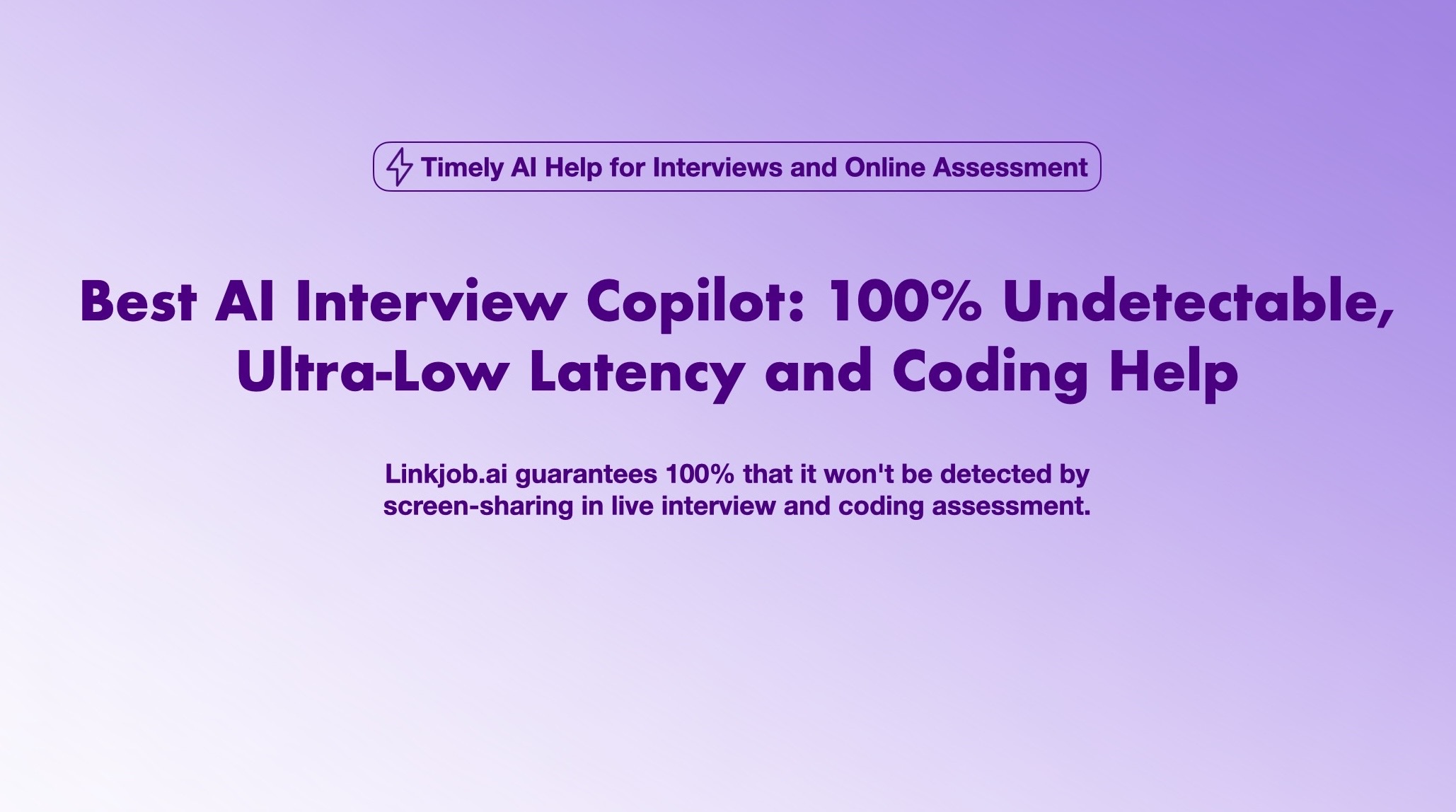
Here’s a quick table of technical topics that often appear in the Visa CodeSignal assessment:
Topic | Example Problems |
|---|---|
Arrays & Strings | Grouping, parsing, unique characters |
Trees & Graphs | Binary search trees, traversal, shortest paths |
SQL & Database Design | Self-joins, grouping, window functions |
Data Structures & Algorithms | Hashmaps, linked lists, sliding window, recursion |
Metrics & Analysis | Histograms, frequency counts |
If you’re aiming for Visa software engineer roles, I recommend reviewing data structures and algorithms, SQL basics, and practicing with LeetCode-style problems. This will help you tackle the variety of interview questions you might see.
Scoring and Progression
Understanding the scoring system made a big difference for me. Visa uses CodeSignal’s scoring, which ranges from 200 to 600. Here’s how the process works:
Your score depends on how many questions you solve correctly, how efficient your solutions are, and how quickly you finish.
Partial credit is possible. Even if you don’t fully solve a problem, you can still earn points for partial solutions.
The faster and more accurate you are, the higher your score.
Higher scores increase your chances of moving forward in the Visa interview process.
I realized that the technical online assessment is not just about getting everything right. It’s about showing strong problem-solving skills, writing clean code, and managing your time well. The process rewards both accuracy and speed, so I practiced solving problems under timed conditions.
Note: Don’t stress if you don’t get a perfect score. Many successful SDE candidates move on to the next round with solid, but not perfect, results. Focus on doing your best and learning from the experience.
The Visa CodeSignal assessment is a key step in the Visa interview process for software engineer and SDE roles. By understanding the format, practicing the right question types, and knowing how the scoring works, I felt much more prepared to tackle the challenge.
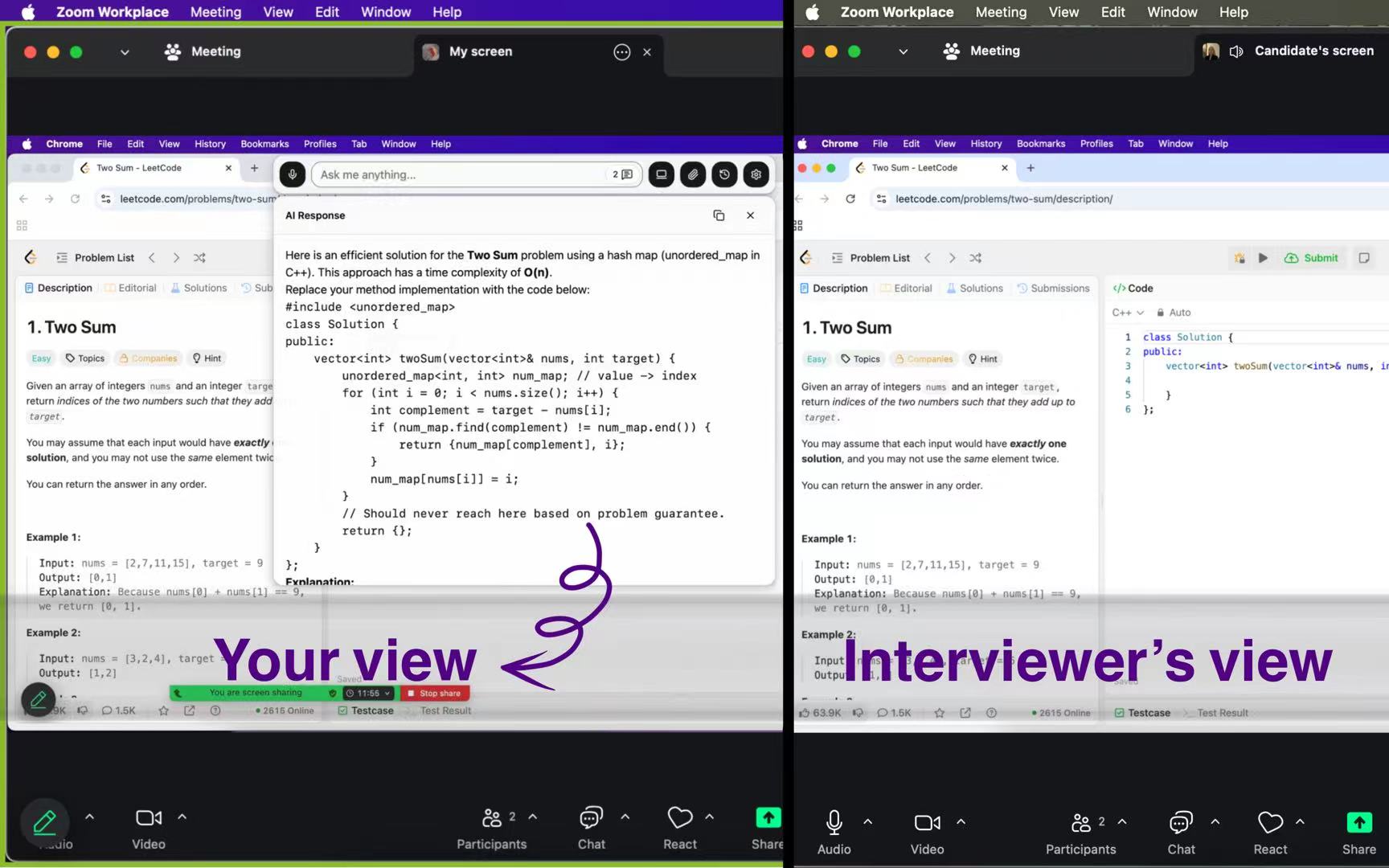
Preparing for the Online Coding Assessment
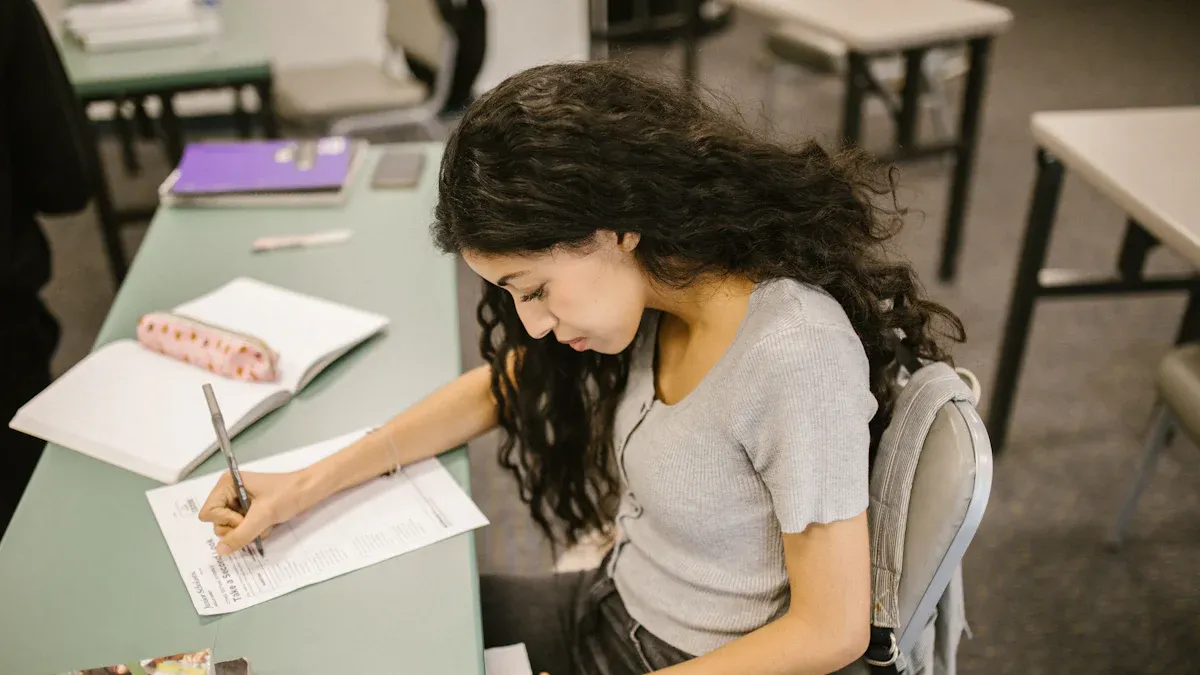
Study Resources
When I started my journey toward a Visa software engineer role, I knew I needed the right study resources. I wanted to build my problem-solving abilities and get comfortable with the online coding assessment format. Here’s what worked best for me:
I used the CodeSignal Learn app and Linkjob.ai for hands-on coding practice and skill development.
The Resource Library on CodeSignal gave me extra materials to review.
I read the CodeSignal blog and interview prep articles. These posts shared real insights and tips from other candidates.
Practicing coding questions directly on the CodeSignal platform helped me simulate real-world coding challenges.
I also explored structured courses on CodeSignal Learn. These courses focused on data structures and algorithms, which are essential for any software engineer. The guided learning path made it easier to track my progress and stay motivated.
I found a repository of CodeSignal solutions organized by topic. It included core algorithm problems, company challenges, and interview practices. Each solution came with a Python explanation, which helped me understand the logic behind each coding challenge. Reviewing these examples gave me a better sense of what to expect in the Visa placement process.
Tip: Don’t just read solutions—try to solve each problem on your own first. This approach builds real problem-solving skills and prepares you for the pressure of the online coding assessment.
Practice Strategies
Practice made all the difference for me. I didn’t just want to memorize solutions. I wanted to improve my problem-solving and coding skills for the Visa placement process. Here’s how I practiced:
I familiarized myself with the CodeSignal platform and its IDE. Knowing the test environment helped me feel more relaxed on test day.
I created an account on CodeSignal and logged in with the same email I used for my Visa application. This step made sure my assessment and placement results matched up.
I worked through official practice questions at CodeSignal Practice. These questions mirrored the types of coding challenges I saw in the real test.
I set a timer for each session. Practicing under timed conditions helped me manage stress and improve my speed.
I reviewed common problem types, like arrays, strings, and SQL queries. I also practiced with 2D matrices and classic data structures.
I made sure to focus on both technical skills and problem-solving. I didn’t skip mindfulness and relaxation techniques, either. Taking a few deep breaths before each session helped me stay calm and focused.
Note: If you get stuck on a problem, move on and come back later. Sometimes a fresh perspective helps you crack tough coding challenges.
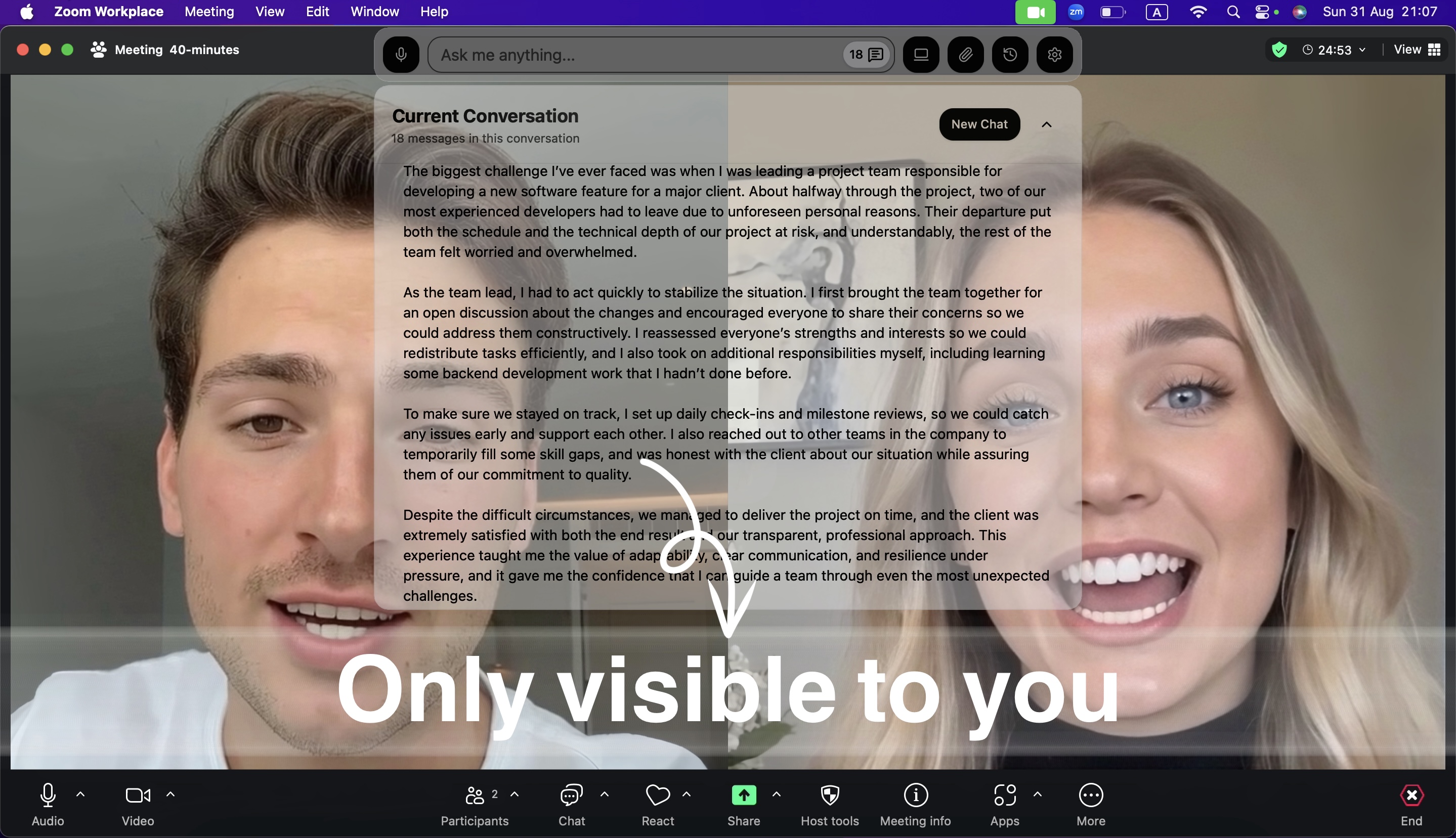
Time Management
Time management played a huge role in my Visa online coding assessment success. I knew I had 70 minutes for four questions, so I needed a plan. Here’s what I did:
I divided my time into four blocks, aiming for about 15-17 minutes per question.
I started with the questions I felt most confident about. Solving these first boosted my confidence and saved time for harder problems.
I left a few minutes at the end to review my answers and fix any mistakes.
I practiced this strategy during my coding practice sessions. Over time, I got better at estimating how long each problem would take. This skill helped me avoid spending too much time on one question during the actual placement assessment.
Pro Tip: Use the same email for both your Visa application and CodeSignal registration. This step ensures your results get linked to your placement process without any issues.
Managing time, using the right resources, and practicing with real coding challenges helped me build the technical and problem-solving skills I needed for the Visa SDE . With the right approach, you can boost your confidence and improve your chances of success as a software engineer.
My Visa Coding Experience
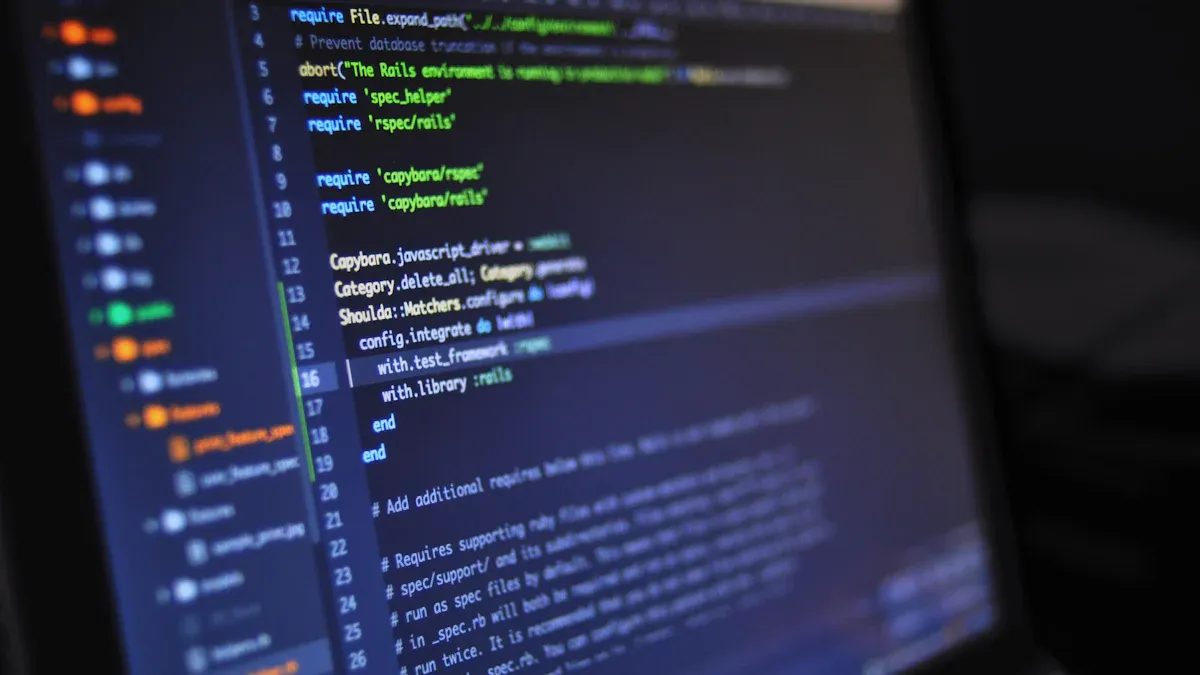
Test Day Approach
Test day for the Visa assessment felt like a big moment. I wanted to treat it just like a real interview. I set up my workspace early and made sure my laptop was fully charged. I closed all extra tabs and turned off notifications. Of course, I won't shut down Linkjob.ai because it is completely invisible, and I need a foolproof AI assistant by my side.I kept a bottle of water nearby and had some scratch paper ready. Before starting, I took a deep breaths to calm my nerves.
I read each question carefully. I made a quick plan for each problem before typing any code. This helped me avoid silly mistakes. I also kept an eye on the timer, but I did not let it stress me out. I focused on showing my problem-solving abilities, not just finishing fast.
Handling Challenges
I remembered that the interview process rewards problem-solving, not perfection. I used the process of elimination to narrow down possible solutions. If I got stuck, I wrote out my thoughts as comments. This helped me organize my ideas and sometimes led me to the answer.If I still feel it's difficult, then I will directly use Linkjob.ai's AI screenshot analysis answer feature.
If you face a hard problem, do not freeze. Move on and come back later. Sometimes, a fresh look helps you solve it faster.
Staying Focused
Staying focused during the Visa assessment made a huge difference. I blocked out distractions and kept my attention on the coding questions. I reminded myself that every interview is a chance to learn and grow as a software engineer. I used short breaks between questions to reset my mind. I also trusted my preparation and problem-solving skills. This mindset helped me stay positive, even when the process felt stressful.
Lessons and Tips
Lessons Learned
I noticed that the behavioral interview questions often focused on teamwork, problem-solving, and how I handle challenges. I practiced explaining my thought process . This helped me during both technical interviews and behavioral interviews. I also learned that time management is key. Rushing through the assessment led to mistakes, so I made sure to pace myself.
One big lesson: The Visa placement process rewards those who stay calm and show clear thinking, not just those who get every answer right.
Tips for Success
If you want to succeed in the Visa interview process, here are some tips that worked for me:
Practice Medium-Hard problems, especially arrays, trees, and dynamic programming. This will prepare you for the types of interview questions Visa likes to ask.Linkjob.ai's AI mock interview is not a mechanical Q&A; instead, it will follow up in real-time based on your answers,I really love it.
Get comfortable with key data structures and algorithms. These show up in both the coding assessment and technical interviews.
Manage your time during the assessment. I set a timer for each question to avoid spending too long on one problem.
Solve a variety of problems under timed conditions. This simulates the real Visa placement process and helps you stay calm.
Prepare for both technical and behavioral interviews. Be ready to explain your solutions and talk about your teamwork experiences.
After the assessment, review your performance. Think about what went well and what you can improve for the next interview.
Remember, every Visa interview is a step toward your job goal. Stay positive, keep practicing, and treat each behavioral interview as a chance to show your strengths.
Looking back, I learned that practicing sorting and array problems really helped me with the visa coding assessment. I focused on common topics like linked lists, stacks, and dynamic programming. I also built a story bank for behavioral interview questions, which made me feel ready for any visa interview. If you want to succeed, keep practicing coding, review visa’s values, and take mock interviews. Stay patient and celebrate small wins. Every visa interview is a chance to grow. Keep going—your hard work will pay off!
FAQ
What should I do if I get stuck on a coding question?
CodeSignal requires screen sharing, so many AI tools become ineffective. This is also where Linkjob.ai excels; it remains completely undetectable even during screen sharing, so you can confidently use AI assistance.
Can I use any programming language for the assessment?
Yes! I pick the language I feel most comfortable with. The platform lets me switch languages during the test, but I stick with one to save time.
How do I prepare for SQL questions?
I practice basic SQL queries like SELECT, JOIN, and GROUP BY. I use online platforms to solve real SQL problems. Reviewing sample queries helps me feel ready for any database question.
What happens if my internet disconnects during the test?
If my connection drops, I try to reconnect as quickly as possible. I contact CodeSignal support if I have issues. I always test my internet before starting to avoid surprises.
Is it okay if I don’t finish all four questions?
Absolutely! I focus on solving as many as I can with clean, working code.
See Also
Lessons Gained From Tackling Capital One CodeSignal Challenges
Effective Strategies To Ace Capital One Data Analyst Tests
What I Discovered After One Week With AI Interview Tools
My Experience Using AI Quietly To Succeed On Microsoft Interviews
Detailed Review Of Using Copilot To Improve Interview Skills
